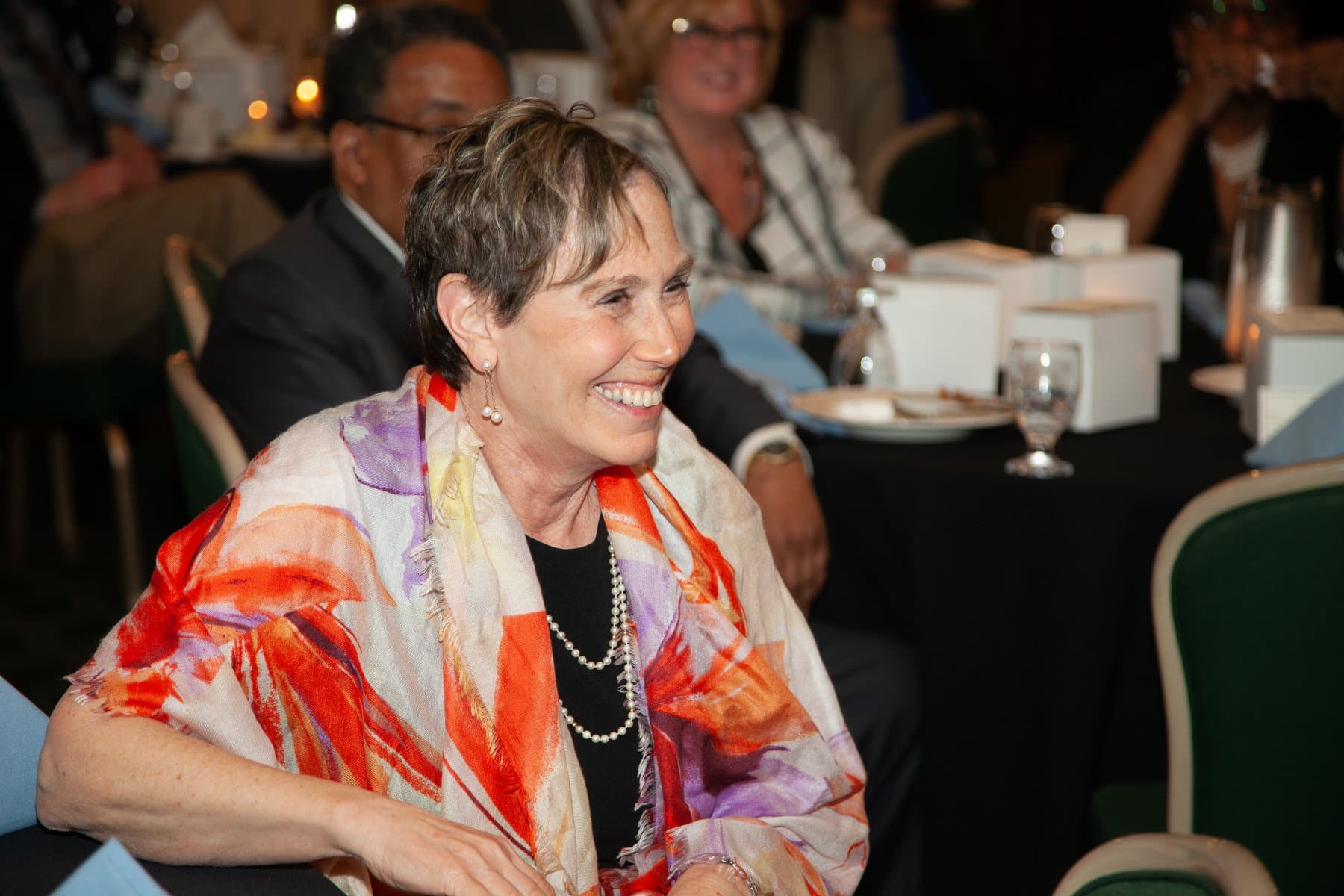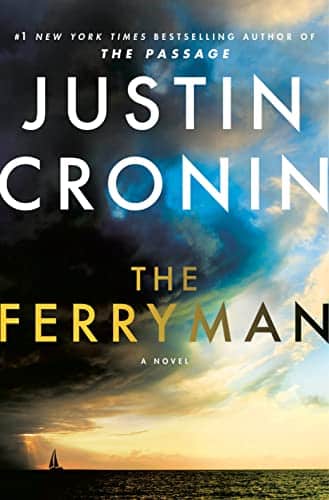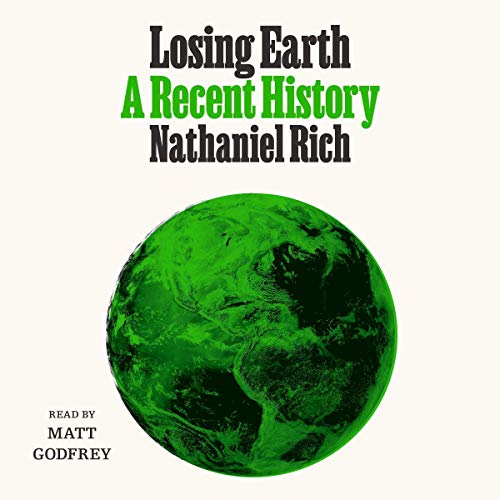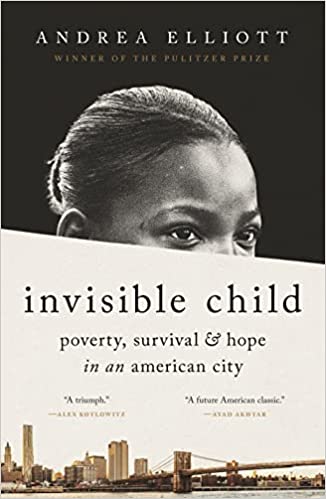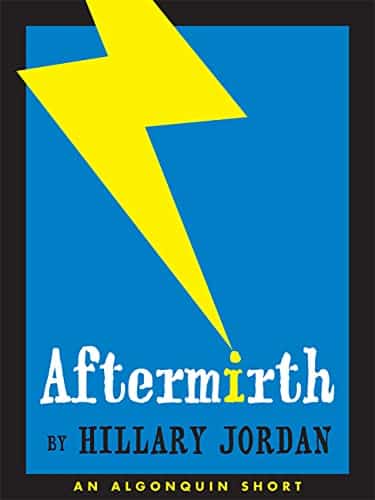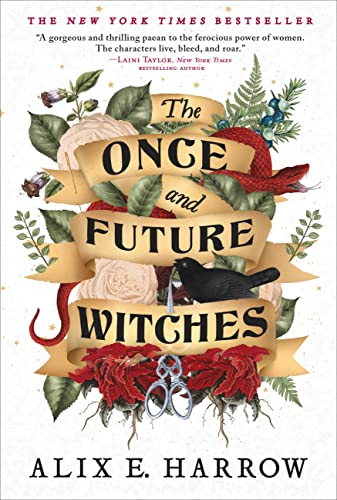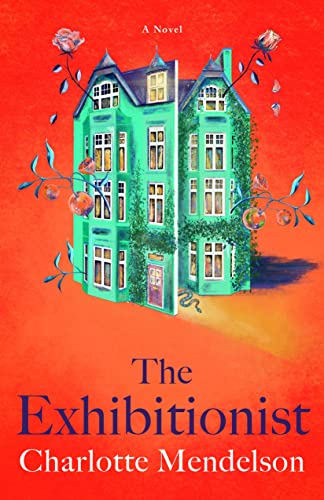Shadows from the Past
Estimated reading time: 15 minutes, 34 seconds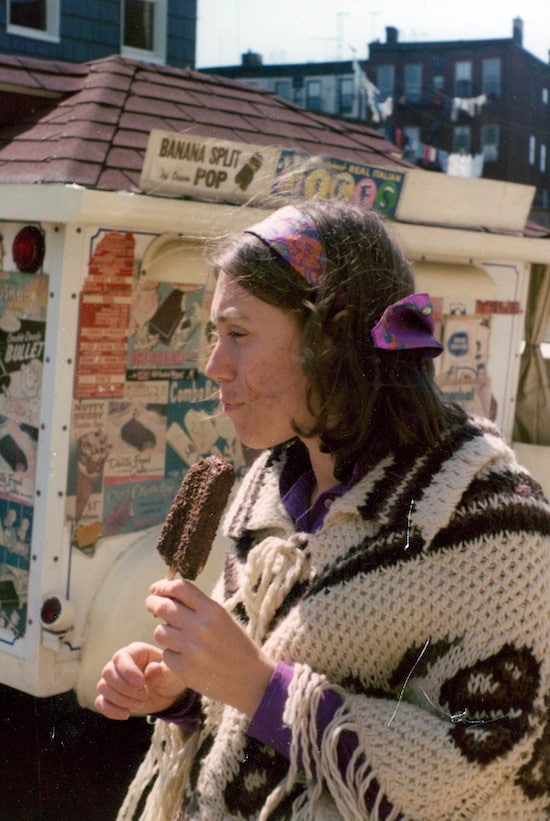
Newark Airport
We stood and looked at the arriving flights. “It looks like your girlfriend’s plane has landed,” Jan said. I wanted to tell her that she was my only girlfriend. But neither of us had ever referred to our relationship as anything but friends. Plus, we were adults, and girlfriend/boyfriend did not seem appropriate.
“It looks like she found us,” I nervously said as I saw my friend walking toward us.
When she stood in front of us, I introduced her to Jan.
“This is my friend….”
Before I could finish, Jan interrupted.
“Richard is my boyfriend, and I am his girlfriend.”
I started to smile, ecstatic that she had called me her boyfriend. Before speaking, Jan wrapped her arms around me and kissed my lips with a firmness that she had never shown before. Her lips and mouth were hungry and desired me. She was exerting so much strength that my back bent as she kissed me again and again. I felt it was the reverse of Times Square’s classic VE day photo.
When she finally stopped kissing me and let me up for air, I said, “I guess it is time to drive back to Brooklyn.”
I held Jan’s hand and carried my friend’s suitcase with my other hand. Jan squeezed my hand and looked into my eyes. Jan’s smile showed me that she was no longer concerned about my ex-girlfriend. Her full smile radiated love, and for the first time, I knew she loved me solely and forever, just as I loved Jan and only her.
As we walked, Jan’s words echoed in my mind. Richard is my boyfriend, and I am his girlfriend!
The Jan Lilien Education Fund sponsors ongoing sustainability and environmental awareness programs. All donations are tax-deductible.

This work is licensed under a Creative Commons Attribution-NonCommercial 4.0 International License.
After almost 48 years, I recently lost my wife, Jan Lilien. Like The Little Prince, Jan and I believed that “The most beautiful things in the world cannot be seen or touched, they are felt with the heart.” This blog is a collection of my random thoughts on love, grief, life, and all things considered.
